The Harvesting Robot Market is currently characterized by a dynamic competitive landscape, driven by technological advancements and increasing demand for automation in agriculture. Key players such as John Deere (US), AG Leader Technology (US), and Naio Technologies (FR) are at the forefront, each adopting distinct strategies to enhance their market positioning. John Deere (US) emphasizes innovation through its investment in AI and machine learning, aiming to improve the efficiency and precision of its harvesting solutions. Meanwhile, AG Leader Technology (US) focuses on regional expansion, particularly in North America, to capitalize on the growing trend of precision agriculture. Naio Technologies (FR) is carving a niche in sustainable farming practices, leveraging its expertise in robotics to develop eco-friendly harvesting solutions. Collectively, these strategies contribute to a competitive environment that is increasingly centered around technological innovation and sustainability.
In terms of business tactics, companies are localizing manufacturing and optimizing supply chains to enhance operational efficiency. The Harvesting Robot Market appears moderately fragmented, with several players vying for market share. However, the influence of major companies is significant, as they set industry standards and drive technological advancements. This competitive structure allows for a diverse range of products and services, catering to various agricultural needs across different regions.
In August 2025, John Deere (US) announced a partnership with a leading AI firm to integrate advanced machine learning algorithms into its harvesting robots. This strategic move is expected to enhance the robots' ability to analyze crop conditions in real-time, thereby improving yield predictions and operational efficiency. Such innovations not only strengthen John Deere's market position but also set a benchmark for competitors in the industry.
In September 2025, AG Leader Technology (US) launched a new line of autonomous harvesting robots designed specifically for small to medium-sized farms. This initiative reflects the company's commitment to making advanced agricultural technology accessible to a broader audience. By targeting this segment, AG Leader Technology (US) is likely to capture a significant share of the market, fostering greater adoption of automation in diverse farming operations.
In July 2025, Naio Technologies (FR) unveiled its latest eco-friendly harvesting robot, which utilizes solar energy to operate. This innovation aligns with the growing emphasis on sustainability within the agricultural sector. By prioritizing environmentally friendly solutions, Naio Technologies (FR) not only differentiates itself from competitors but also appeals to a market increasingly concerned with sustainable practices.
As of October 2025, the Harvesting Robot Market is witnessing trends that emphasize digitalization, sustainability, and AI integration. Strategic alliances among key players are shaping the competitive landscape, fostering innovation and collaboration. Looking ahead, it is anticipated that competitive differentiation will increasingly pivot from price-based strategies to a focus on technological innovation, reliability in supply chains, and sustainable practices. This evolution suggests a market that values not only efficiency but also the broader impact of agricultural technologies on the environment.

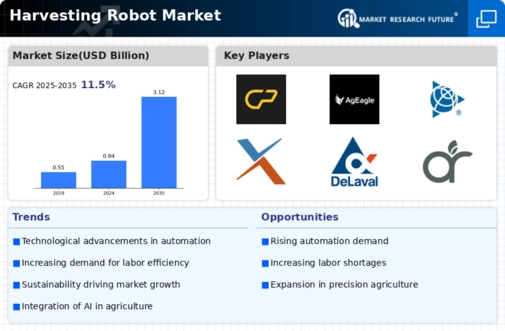

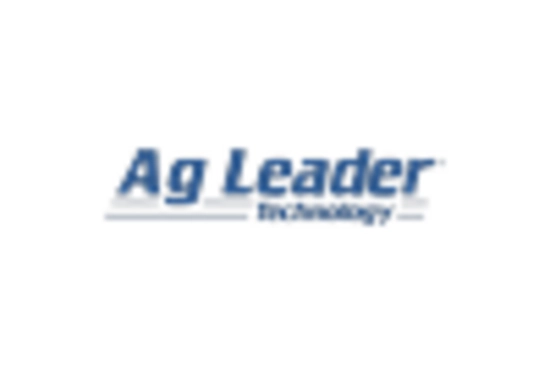
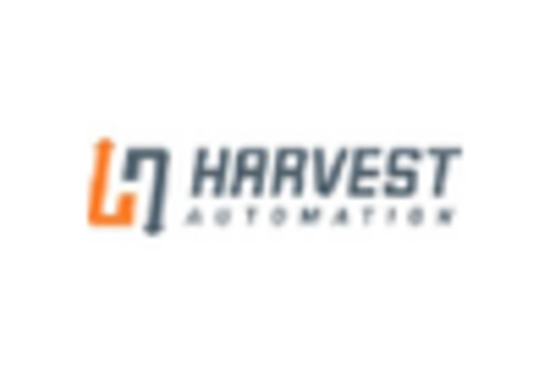
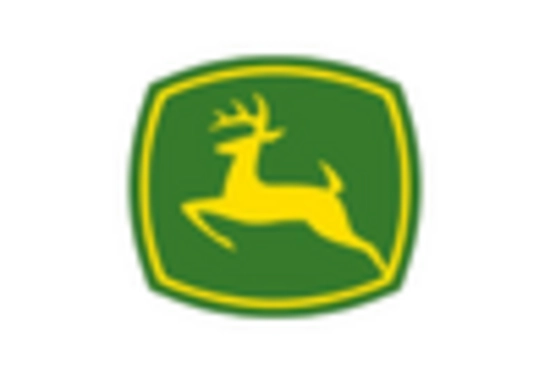
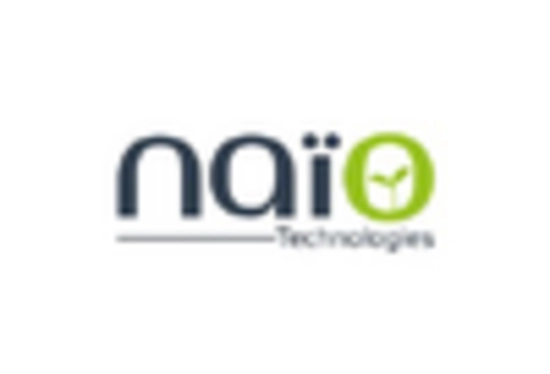
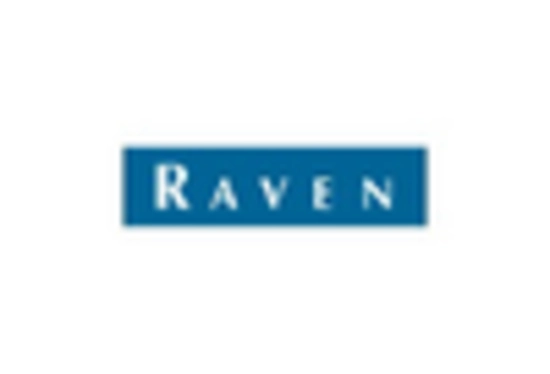









Leave a Comment